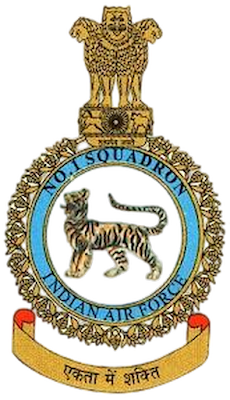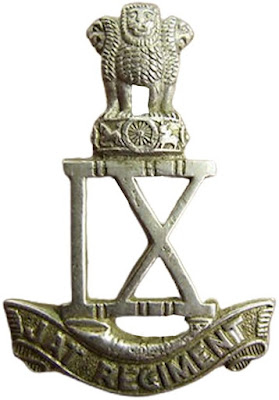NO. 1 SQUADRON

NO. 1 SQUADRON The first Indian Air Force unit raised was No.1 Squadron, Indian Air Force on April 1, 1933. Since then a number of Squadrons, Flights and Units were raised spanning the number range 1-224. With the exception of a few SA-2 Squadrons raised in the mid 60s, all other Squadrons operated either fixed wing aircraft or helicopters. No.1 Squadron Air Force was raised on April 1, 1933 at Drigh Road, Karachi and equipped with 04 Westland Wapiti aircraft. The Indian element consisted of six officers and nine technicians then known as Hawai Sepoys. The early history of 1 Squadron is synonymous with the history of the Indian Air Force. It was formed on the day the Indian Air Force received its first batch of trained pilots from RAF Cranwell. The first batch of Indians at Cranwell were HC Sircar, Subroto Mukherjee (later Air Marshal and the first Indian Chief of the Air Staff), AB Awan, Bhupendra Singh, Amarjit Singh and J N Tandon. Its current location is Mah



